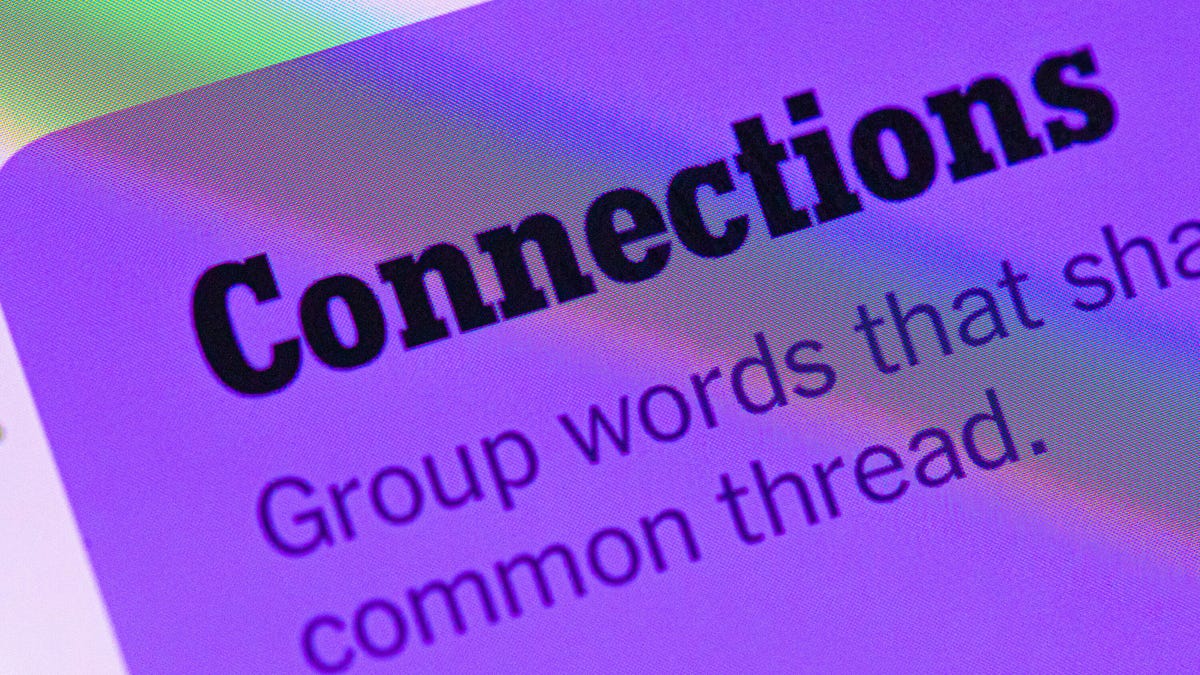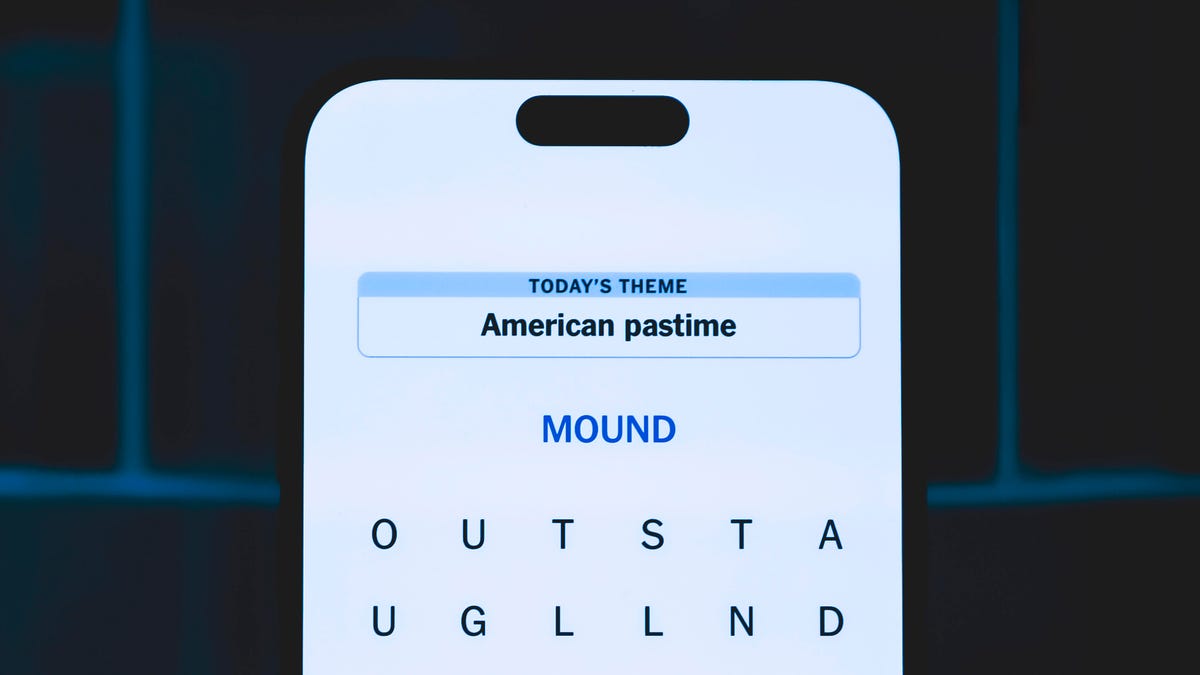Technologies
Breakthrough COVID cases among the fully vaccinated are real. Here’s the latest
A CDC report provides evidence that the delta variant is transmissible in vaccinated people who get infected. But that’s not a reason to question vaccines, experts say.

COVID-19 infections are surging throughout the US again (more than 95,000 new cases on Thursday) due to the highly contagious delta variant, with outbreaks particularly impacting areas with low vaccination rates. This week, a new study released by the US Centers for Disease Control and Prevention says the delta infection has similarly high viral loads in vaccinated and unvaccinated people. So what does that mean as more of these breakthrough cases are happening?
Currently, 164 million people in the US have been fully vaccinated, nearly half the country’s total population. The CDC’s research suggesting that vaccinated people infected with delta can also easily transmit the virus was the key factor motivating the new federal guidance that fully vaccinated individuals continue to wear masks indoors. At the same time, the CDC report underlines that the number of cases and deaths among fully vaccinated people is very small compared with the number among the unvaccinated.
Should you be concerned about getting COVID-19 if you’ve been inoculated? Since there’s more community spread and there are more breakthrough cases despite vaccination, new data suggests yes. We’ll explain what a breakthrough coronavirus infection is, how it’s possible for fully vaccinated people to become infected and what it all means. This information comes from the CDC, the World Health Organization and other experts.
What’s a breakthrough COVID-19 infection?
A breakthrough COVID-19 infection is when a fully vaccinated person becomes infected with the coronavirus without any symptoms, experiences symptoms, is hospitalized or dies from the infection. A small percentage of fully vaccinated people can get COVID-19 if exposed to the virus, but they’re much less likely to become sick, according to the CDC.
If someone’s fully vaccinated and does test positive for coronavirus, it’s likely they’ll have milder symptoms (see below) or be asymptomatic, Dr. Clare Rock, a Johns Hopkins medical professor, told me.
Now that it’s been found that fully vaccinated people can be infected with high viral amounts of the delta variant, the CDC is concerned they can transmit the virus. If you do become ill, experts urge you to isolate yourself to prevent others from getting sick, especially people with medical vulnerabilities.
How can fully vaccinated people become infected with coronavirus?
Someone can become infected with COVID-19 just before or right after they get the vaccination, because it takes roughly two weeks before the vaccine is most effective. However, even after the immunity builds up, there’s still a chance they can become infected, according to the WHO, since the vaccines aren’t silver bullets against disease (though they’re highly effective).
With millions of unvaccinated people around the world, new variants will emerge, Rock says. For example, the delta variant can pose a threat to people who are fully vaccinated — especially those who have high-risk medical conditions (see the next section).
Are COVID-19 symptoms still severe if you’ve been fully vaccinated?
Someone who’s fully vaccinated has a much smaller risk of experiencing severe symptoms from COVID-19. People who’ve received all their doses of a vaccine are less likely to be hospitalized or die than those who haven’t been vaccinated, the CDC says. Vaccinated people typically see symptoms like a runny nose, which they mistake for a sign of a common cold, Rock said.
But that’s not to say serious cases can’t happen. The CDC says some fully vaccinated people can still be hospitalized and die. This can include people who have medical conditions that make them immunocompromised, Rock said, including those with cancer and people who’ve had organ transplants — in general, people who are more vulnerable.
How can you stay protected from breakthrough infections?
If you’re fully vaccinated but worried about getting sick, you can take the following precautions.
- Wear a mask in public places.
- Practice social distancing.
- Keep your home well-ventilated by opening windows.
- Wash your hands.
- Get a COVID-19 test if you’re experiencing symptoms.
Will fully vaccinated people need booster shots in the future?
At this time, there’s not a clear answer. Though some people say a booster shot may be necessary down the line, the CDC and the Food and Drug Administration don’t agree with that, at least not yet. Scientists are continuing to study the immunity of fully vaccinated people to get a better idea of how well the vaccines protect them.
Moderna is currently researching if and when a booster shot may be necessary. For instance, vulnerable people who don’t have a robust immune system, such as those with serious medical conditions, may need an additional shot, Rock said.
Pfizer says it’s working on a booster shot for its COVID-19 vaccine (PDF) to enhance immunity for those who’ve already received both doses. The UK is also prepping for booster shots, with vaccine experts in Britain saying a booster shot may be needed before winter.
Which variants are the cause of the breakthrough infections?
The variant causing the most concern right now is the delta variant, which is now the dominant strain in the US and other countries. This variant has caused an increase in COVID-19 cases, which is also affecting people who are fully vaccinated.
In comparison with the alpha variant, researchers have found delta to be 60% more transmissible, and hospitalization risks are much higher in unvaccinated people.
In most instances, the cases are happening in areas with low vaccination rates. For instance, US states like Louisiana and Florida have low vaccination rates and their COVID-19 cases are surging again.
What are experts saying about the efficacy of vaccines against COVID-19?
The breakthrough infections don’t mean the vaccines aren’t powerful.
«The effectiveness against severe disease is still substantial,» Dr. Anthony Fauci said during a White House press briefing July 22. «Get vaccinated. It offers good protection against disease.»
For more information, here’s everything to know about the delta variant. Also, here are more details about a potential COVID-19 booster shot, and here’s info on the debate over whether fully vaccinated people should wear masks.
The information contained in this article is for educational and informational purposes only and is not intended as health or medical advice. Always consult a physician or other qualified health provider regarding any questions you may have about a medical condition or health objectives.
Technologies
Today’s NYT Connections Hints, Answers and Help for Jan. 7, #941
Here are some hints and the answers for the NYT Connections puzzle for Jan. 7, #941

Looking for the most recent Connections answers? Click here for today’s Connections hints, as well as our daily answers and hints for The New York Times Mini Crossword, Wordle, Connections: Sports Edition and Strands puzzles.
Today’s NYT Connections puzzle is rather tricky. The purple category is especially mystifying. Read on for clues and today’s Connections answers.
The Times has a Connections Bot, like the one for Wordle. Go there after you play to receive a numeric score and to have the program analyze your answers. Players who are registered with the Times Games section can now nerd out by following their progress, including the number of puzzles completed, win rate, number of times they nabbed a perfect score and their win streak.
Read more: Hints, Tips and Strategies to Help You Win at NYT Connections Every Time
Hints for today’s Connections groups
Here are four hints for the groupings in today’s Connections puzzle, ranked from the easiest yellow group to the tough (and sometimes bizarre) purple group.
Yellow group hint: Lookalikes.
Green group hint: Part of something.
Blue group hint: National symbol.
Purple group hint: Squish down.
Answers for today’s Connections groups
Yellow group: Doppelgänger.
Green group: Portion.
Blue group: Common flag symbols.
Purple group: Pressed using a press.
Read more: Wordle Cheat Sheet: Here Are the Most Popular Letters Used in English Words
What are today’s Connections answers?
The yellow words in today’s Connections
The theme is doppelgänger. The four answers are clone, double, mirror and ringer.
The green words in today’s Connections
The theme is portion. The four answers are concern, interest, share and stake.
The blue words in today’s Connections
The theme is common flag symbols. The four answers are crescent, cross, star and stripe.
The purple words in today’s Connections
The theme is pressed using a press. The four answers are cider, garlic, trousers and wine.
Don’t miss any of our unbiased tech content and lab-based reviews. Add CNET as a preferred Google source.
Technologies
Today’s NYT Strands Hints, Answers and Help for Jan. 7 #675
Here are hints and answers for the NYT Strands puzzle for Jan. 7, No. 675.

Looking for the most recent Strands answer? Click here for our daily Strands hints, as well as our daily answers and hints for The New York Times Mini Crossword, Wordle, Connections and Connections: Sports Edition puzzles.
Today’s NYT Strands puzzle is easier than some have been. Once you learn the topic, the words come pretty easily. But if you need hints and answers, read on.
I go into depth about the rules for Strands in this story.
If you’re looking for today’s Wordle, Connections and Mini Crossword answers, you can visit CNET’s NYT puzzle hints page.
Read more: NYT Connections Turns 1: These Are the 5 Toughest Puzzles So Far
Hint for today’s Strands puzzle
Today’s Strands theme is: Open wide.
If that doesn’t help you, here’s a clue: Brace face.
Clue words to unlock in-game hints
Your goal is to find hidden words that fit the puzzle’s theme. If you’re stuck, find any words you can. Every time you find three words of four letters or more, Strands will reveal one of the theme words. These are the words I used to get those hints, but any words of four or more letters that you find will work:
- MIST, SOIL, RICE, LICE, RUDE, LUDE, BRUSH, TOOT, RIDE, RIDER
Answers for today’s Strands puzzle
These are the answers that tie into the theme. The goal of the puzzle is to find them all, including the spangram, a theme word that reaches from one side of the puzzle to the other. When you have all of them (I originally thought there were always eight but learned that the number can vary), every letter on the board will be used. Here are the nonspangram answers:
- DRILL, FLOSS, MIRROR, FLUORIDE, TOOTHBRUSH
Today’s Strands spangram
Today’s Strands spangram is DENTISTSOFFICE. To find it, start with the D that’s five letters down on the far-left row, and wind up and then across.
Don’t miss any of our unbiased tech content and lab-based reviews. Add CNET as a preferred Google source.
Technologies
The Clicks Communicator Phone Is My Favorite Thing at CES
-

 Technologies3 года ago
Technologies3 года agoTech Companies Need to Be Held Accountable for Security, Experts Say
-

 Technologies3 года ago
Technologies3 года agoBest Handheld Game Console in 2023
-

 Technologies3 года ago
Technologies3 года agoTighten Up Your VR Game With the Best Head Straps for Quest 2
-

 Technologies4 года ago
Technologies4 года agoBlack Friday 2021: The best deals on TVs, headphones, kitchenware, and more
-

 Technologies4 года ago
Technologies4 года agoVerum, Wickr and Threema: next generation secured messengers
-

 Technologies4 года ago
Technologies4 года agoGoogle to require vaccinations as Silicon Valley rethinks return-to-office policies
-

 Technologies4 года ago
Technologies4 года agoOlivia Harlan Dekker for Verum Messenger
-

 Technologies4 года ago
Technologies4 года agoiPhone 13 event: How to watch Apple’s big announcement tomorrow
